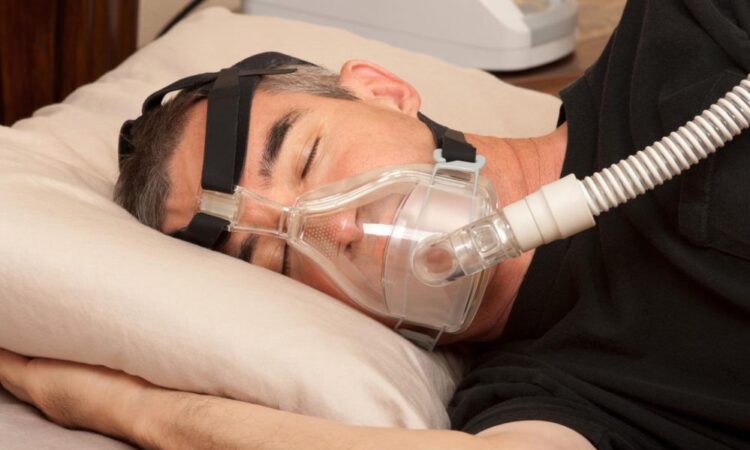
Orthodontic treatment is not limited to straightening teeth and correcting bite irregularities; it can also play a significant role in addressing airway issues, such as obstructive sleep apnea (OSA). Sleep apnea is a common sleep disorder characterized by repetitive pauses in breathing during sleep, often due to airway obstruction. Let’s explore the relationship between orthodontics and sleep apnea and how orthodontic treatment, including how to get Invisalign, can help alleviate symptoms and improve sleep quality.
Understanding Sleep Apnea
Obstructive sleep apnea (OSA) occurs when the muscles in the throat relax excessively during sleep, causing the airway to become blocked or narrowed, leading to interrupted breathing and disrupted sleep patterns. Common symptoms of sleep apnea include loud snoring, daytime fatigue, and morning headaches.
Orthodontic Intervention in Sleep Apnea
Orthodontic treatment can play a significant role in managing sleep apnea by addressing underlying structural issues that contribute to airway obstruction:
Orthodontic Expansion Techniques: Palatal expansion techniques can help widen the upper jaw, creating more space for the tongue and alleviating airway constriction.
Mandibular Advancement Devices (MADs): These oral appliances reposition the lower jaw (mandible) forward during sleep, preventing the collapse of the airway and reducing snoring and sleep apnea episodes.
Collaborative Approach with Sleep Specialists: Orthodontists may work in collaboration with sleep medicine specialists to develop a comprehensive treatment plan for patients with sleep apnea, incorporating orthodontic interventions alongside other treatment modalities, such as continuous positive airway pressure (CPAP) therapy or surgical procedures.
Benefits of Orthodontic Treatment
Orthodontic treatment for sleep apnea offers several benefits:
Improving Airway Patency and Breathing Patterns: By addressing underlying structural issues that contribute to airway obstruction, orthodontic treatment can help improve airflow and breathing patterns during sleep.
Reducing Symptoms and Health Risks: Alleviating sleep apnea symptoms, such as snoring and daytime fatigue, can lead to improved sleep quality, enhanced daytime alertness, and reduced cardiovascular risks associated with untreated sleep apnea.
Patient Screening and Evaluation
Identifying patients with sleep apnea and assessing their suitability for orthodontic treatment involves a comprehensive evaluation process, including:
Screening for Sleep Apnea Symptoms: Dentists and orthodontists may use questionnaires or screening tools to assess patients for signs and symptoms of sleep apnea, such as snoring, daytime fatigue, or witnessed apneas during sleep.
Diagnostic Tools and Assessment Protocols: Patients suspected of having sleep apnea may be referred to sleep medicine specialists for further evaluation, including overnight sleep studies (polysomnography) to confirm the diagnosis and assess the severity of the condition.
Conclusion
Orthodontic treatment plays a valuable role in managing sleep apnea by addressing underlying structural issues that contribute to airway obstruction. By working closely with sleep medicine specialists and incorporating orthodontic interventions into comprehensive treatment plans, patients with sleep apnea can achieve improved breathing patterns, reduced symptoms, and enhanced overall quality of life.



